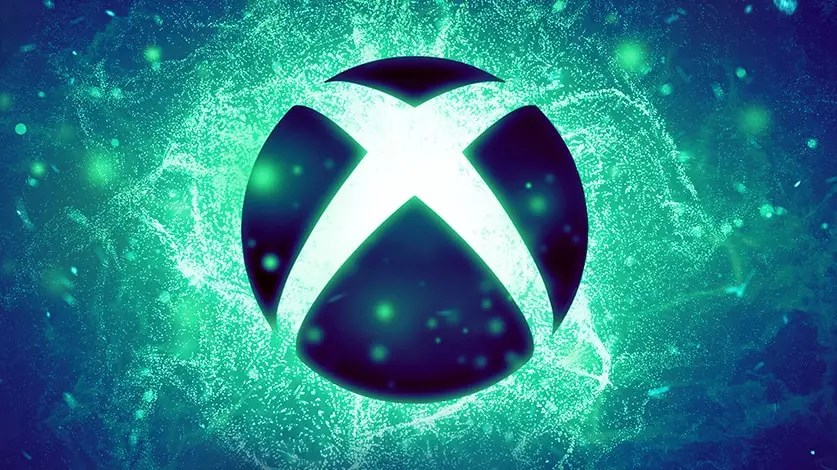In a significant move that has raised eyebrows within the tech industry, Microsoft recently announced the layoffs of 650 employees from its gaming division, impacting teams associated with its flagship Xbox brand and the recently acquired Activision Blizzard. This announcement, conveyed through an internal memo by Phil Spencer, the head of Xbox, highlights the shifting landscape of workforce management in a sector undergoing rapid transitions and reassessments of corporate strategy.
The memo, intended to elucidate the rationale behind the layoffs, asserted that they were part of a reorganization aimed at aligning the company’s post-acquisition framework. However, dubbing such severe cutbacks as a mere “realignment” can sound disingenuous. Employees facing termination are thrust into a daunting job market already saturated with talent displaced from other tech giants and gaming firms. This reiterates a broader trend in the industry where layoffs, once seen as episodic, are now part of the corporate fabric, particularly post-2020.
This latest reduction in workforce marks the second major round of layoffs at Microsoft in 2024, following an earlier round that saw 1,900 employees let go. Such drastic measures, coupled with the shuttering and later re-opening of studios like Arkane Austin and Tango Gameworks, point to a company grappling with the complexities and costs associated with integrating a vast new entity. The $68.7 billion acquisition of Activision Blizzard is not just a financial figure; it encapsulates the challenges of melding disparate corporate cultures and aligning strategic goals in a highly competitive market.
Spencer’s comments about the importance of minimizing disruption while facilitating the integration of new teams feel almost hollow in light of ongoing job cuts. The frequent tumult within Microsoft’s gaming division raises questions about its management philosophy and strategic vision. Rather than fostering stability, these layoffs seem to signify that the organization is caught in a cycle of reactionary measures that may jeopardize employee morale and productivity.
As Microsoft navigates these challenging waters, the sentiment among employees is likely fraught with anxiety and uncertainty. Continuous layoffs can erode trust in management and foster a culture of apprehension, affecting not just those directly impacted, but also remaining employees who increasingly feel insecure about their futures. Adapting to constant change might be a necessity in the tech industry; however, it does not mitigate the emotional toll on staff nor the potential loss of talent as skilled workers contemplate their next moves in an uncertain job market.
Looking forward, it remains unclear if this round of layoffs will be the last or if further cuts loom on the horizon. As the company grapples with the economic complexities of its acquisition and the broader industry realities, stakeholders are left to ponder what the future holds for Microsoft’s gaming division. Will it emerge restructured and re-energized, or continue on a path of tumultuous change? The stakes are high, and the path ahead remains fraught with challenges.
The landscape of Microsoft’s gaming division reflects a broader narrative within the tech sector, where ambition often collides with economic realities, leaving employees to navigate the fallout. Our thoughts are with those affected by these changes, as they endeavor to carve out new opportunities in a rapidly evolving marketplace.


Leave a Reply